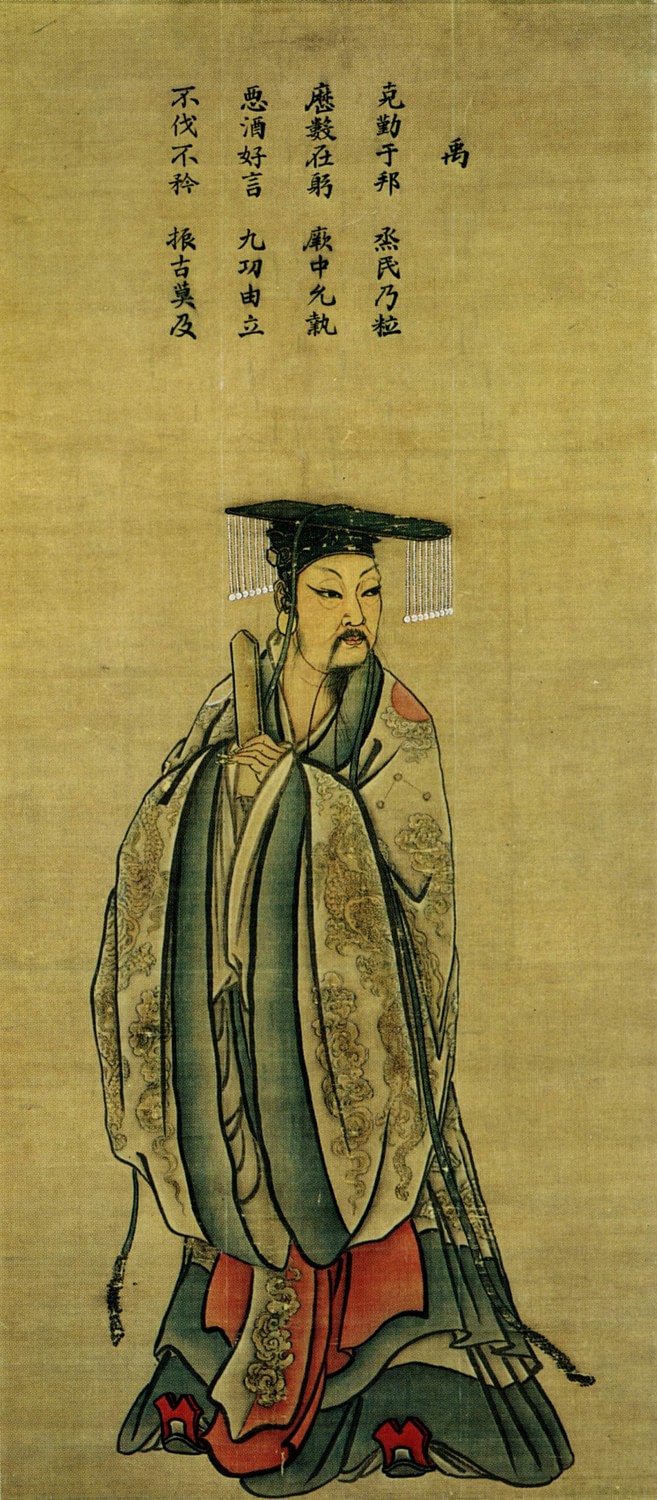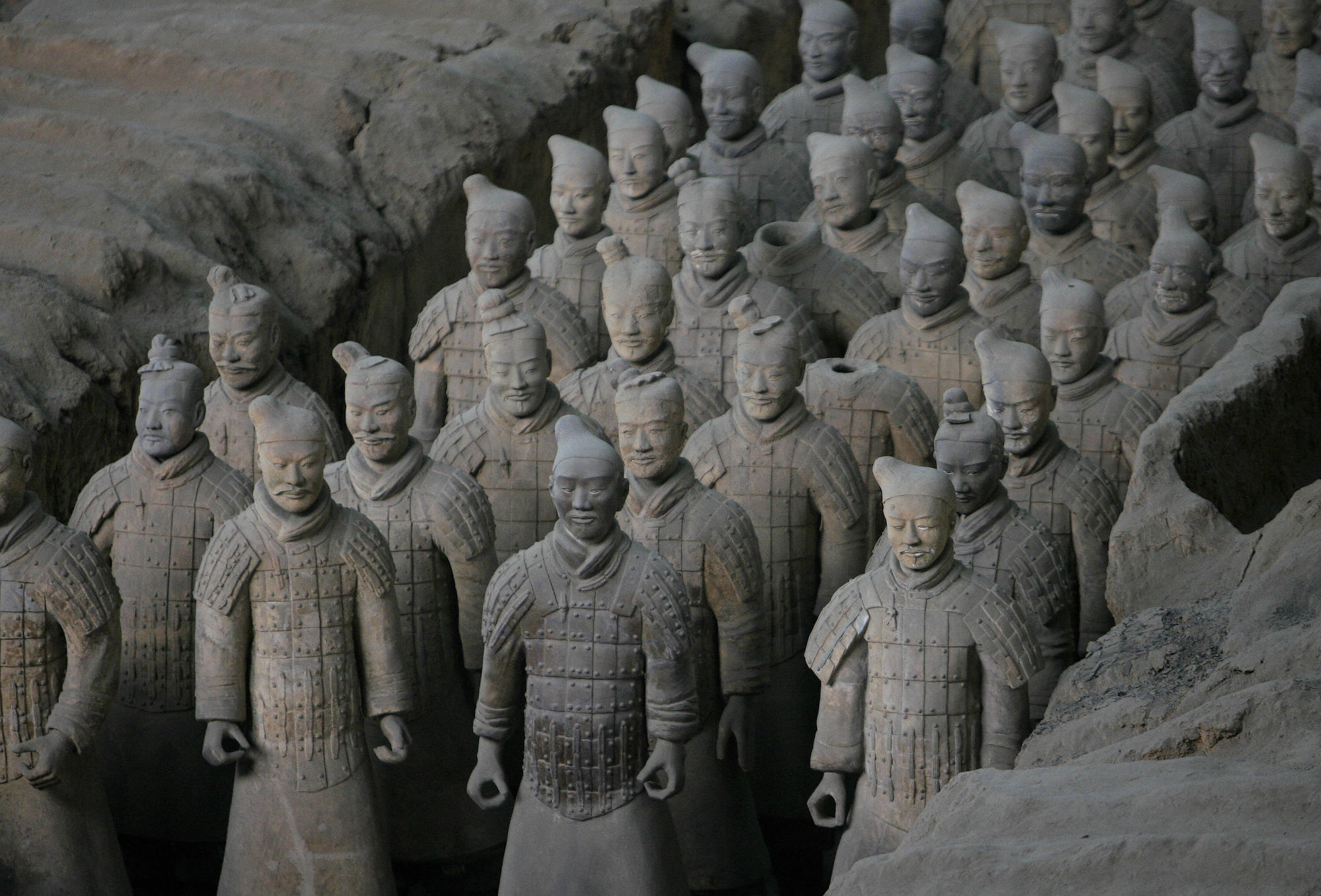For thousands of years, China was ruled by powerful dynasties, each shaping the nation’s history in profound ways. From the legendary Xia Dynasty to the mighty Qing, these ruling families built great cities, fostered innovation, and left behind a legacy that still influences the world today. But power is never eternal—every dynasty had its moment of glory and its inevitable decline.

The Founding of China’s First Dynasties
The Xia Dynasty: Myth or Reality?
The Xia Dynasty (c. 2070–1600 BCE) is often considered China’s first dynasty, though its existence remains debated among historians. Ancient texts describe it as a time of early civilization, with advancements in agriculture and governance. However, no definitive archaeological evidence has confirmed its reality.
The Shang Dynasty: The Dawn of Chinese Writing
Following the Xia, the Shang Dynasty (c. 1600–1046 BCE) introduced China’s first recorded history through oracle bone inscriptions. These early writings provide insight into governance, rituals, and warfare, marking the beginning of Chinese civilization as we know it.
The Zhou Dynasty: The Mandate of Heaven
The Zhou Dynasty (1046–256 BCE) introduced the concept of the Mandate of Heaven, which justified a ruler’s right to govern based on virtue and moral integrity. This philosophy influenced Chinese politics for centuries, shaping the rise and fall of dynasties to come.

The Golden Ages of Chinese Dynasties
The Han Dynasty: A Time of Prosperity
The Han Dynasty (206 BCE–220 CE) is often considered a golden age in Chinese history. With advancements in science, literature, and the Silk Road trade, it laid the foundation for China’s cultural identity. However, internal corruption and external invasions led to its downfall.
The Tang Dynasty: A Cultural Renaissance
The Tang Dynasty (618–907 CE) saw an explosion of art, literature, and technological innovations. It was one of the most cosmopolitan and open societies of its time, fostering international trade and cultural exchanges. Yet, internal rebellion and economic struggles eventually led to its decline.
The Song Dynasty: Technological Advancements
The Song Dynasty (960–1279 CE) was a period of remarkable technological progress, including the invention of gunpowder, paper money, and advanced shipbuilding techniques. However, despite its innovations, it fell to the Mongol invasion, giving rise to the Yuan Dynasty.

The Fall of Great Dynasties
The Ming Dynasty: A Fateful Decision
Imagine standing in the Forbidden City during the final days of the Ming Dynasty. The once-mighty empire was crumbling under corruption, famine, and rebellion. In 1644, a soldier named Wu Sangui made a fateful decision—he opened the Great Wall’s gates to invading Manchu forces. That single act ended the Ming Dynasty and gave rise to the Qing, China’s last imperial dynasty. What if he had chosen differently? Would history have unfolded the same way?
The Qing Dynasty: The Last Empire
The Qing Dynasty (1644–1912) ruled for over two centuries, expanding China’s territory and fostering cultural development. However, external pressures from Western powers, internal uprisings like the Taiping Rebellion, and the rise of modernization efforts led to its eventual collapse.
The End of Dynastic Rule
By 1912, the last emperor, Puyi, abdicated, marking the end of imperial China. The country transitioned into the Republic of China, setting the stage for modern political shifts. The cyclical pattern of rise and fall had come to a dramatic end.

Conclusion
The cycles of rise and fall were not unique to any one dynasty. The Tang Dynasty brought China to a golden age of culture and trade before collapsing into chaos. The Song Dynasty revolutionized technology but fell to the Mongol invasion. Time and time again, great dynasties soared to incredible heights, only to crumble under their own weight.
What caused these dynasties to fall? Was it fate, human ambition, or an unstoppable cycle of history? The legacy of China’s dynasties continues to shape the nation, leaving us with lessons on power, governance, and resilience.
